Future Focus: Caroline Lee
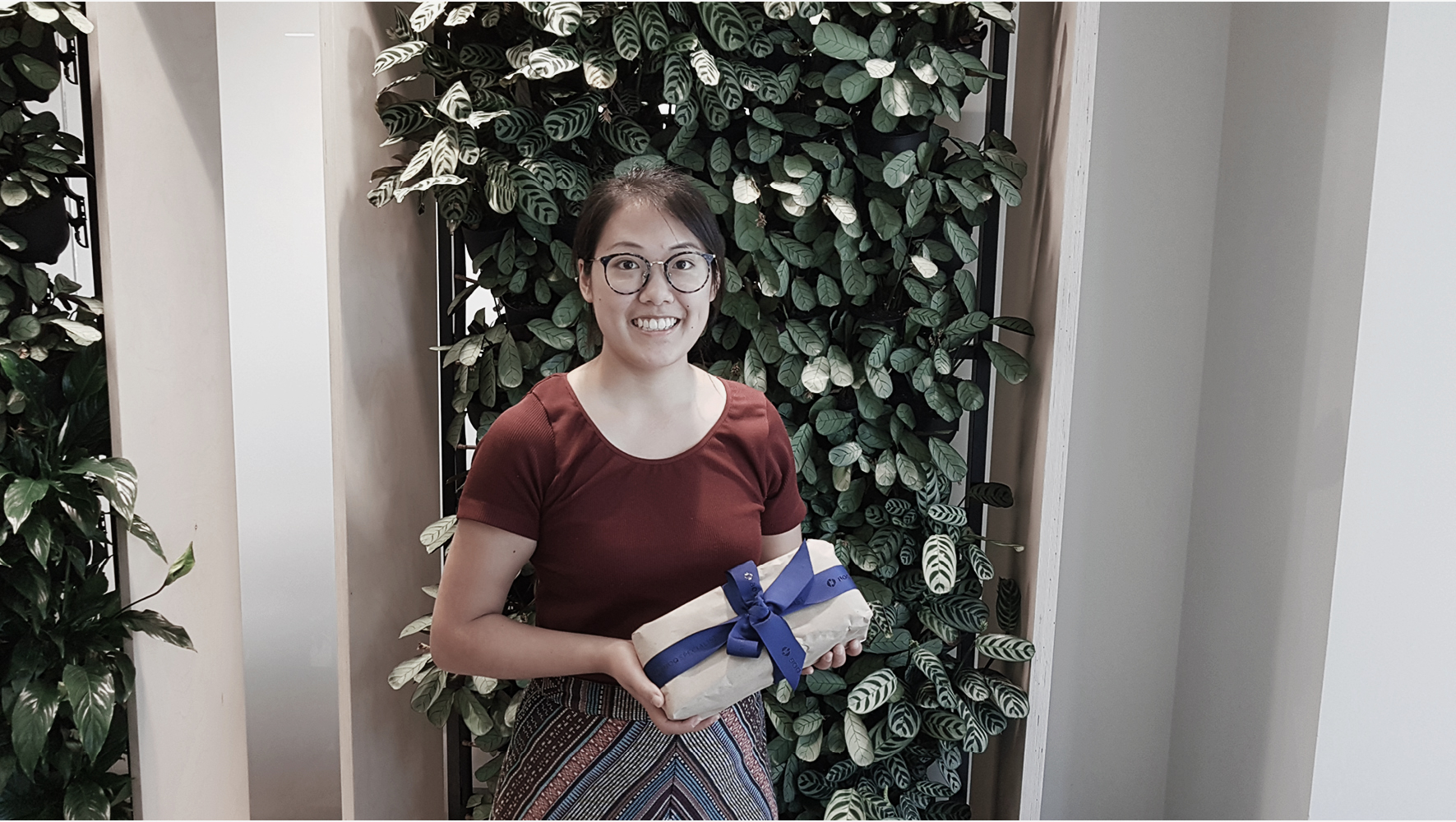 Caroline Lee, a fifth-year medical student from the UNSW, was one of the five recipients of our FutureFocus grant for 2018.
Caroline Lee, a fifth-year medical student from the UNSW, was one of the five recipients of our FutureFocus grant for 2018.
Caroline travelled to Myanmar to undertake aplacement with Medical Action Myanmar (MAM), a non-government organisation dedicated to providing healthcare to the poorest people in the area. During her time, Caroline documented her journey, recounting her first-hand experience in what she describes as an ‘incredibly eye opening opportunity'.
Read a full account from Caroline about her incredible journey below.
Medical Action Myanmar (MAM)
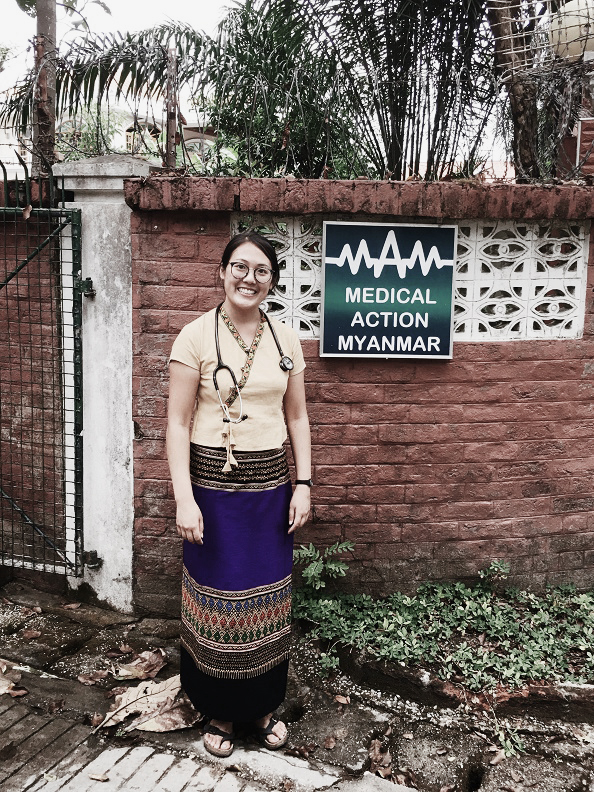
It's early morning when I step off the minivan in front of the clinic, but the street has been alive for hours already. My shirt is already clinging to my skin. Motorbikes whiz by with passengers perched on the back, men and women wearing colourful longyis stroll to work or to the market, kids play football in the street. The fragrant smell of mohinga (fish curry) wafts from a stall where a lady stirs soup in a giant metal pot, dishing out fresh bowls for passers-by for a few hundred kyat (less than $1AUD). They sip soup from bowls, sitting on little plastic stools next to her. Life here feels more real, more intense, and yet as an outsider I know I am only catching a glimpse.
I'm here for four weeks on placement with Medical Action Myanmar, a non-government organisation dedicated to providing healthcare to the poorest people in Myanmar. It was set up by doctors Ni Ni Tun and Frank Smithius, who transformed the former MSF clinic into a primary health care facility for the community. This is their largest clinic, known on paper as the "Orchard Clinic" and to staff as "Clinic A", one of two clinics situated in Hlaingthayar, a poor township on the outskirts of Yangon. Daily scenes in this community are a striking contrast to those in Yangon, becoming increasingly developed in recent years. In Hlaingthayar, the houses are mostly one or two roomed bamboo huts or makeshift lean to's, cramped next to each other as if rubbing shoulders with neighbours. Some are perched over swampy water by wooden stilts, less than a metre tall, and a few creaky wooden planks from the street to the front door serve as a bridge over a shallow trench of stagnant water, covered on the surface by green algae. I wonder what happens to these stagnant pools when the rainy seasons come, imagining the clinic full of children infected with dengue.
Myanmar is a country that has been in the global spotlight for a number of years, and especially in recent times. The disparity between the ‘haves’ and ‘have nots’ is strikingly apparent. Healthcare is unaffordable for most people with low income, and although government hospitals provide care for low cost, many struggle with distance, time away from family or work responsibilities, or feel uncomfortable in the system.
Clinics run by MAM provide healthcare free of cost, helping to bridge these financial and social barriers that these people face. As satellite clinics of the National AIDS Program, they specialise in HIV treatment and care, providing a multidisciplinary service that offers testing, counselling, medical consultations, medication dispensing and logistic support including nutrition. In addition, MAM clinics also provide antenatal care, STI treatment, family planning, treatment for acute malnutrition, child support and protection, general medical services, and community outreach with a network of peer educators.
MAM particularly serves key groups who are at high risk of HIV (such as sex workers, drug users, and men who have sex with men). They also address social barriers in access to care, including stigma. Peer educators are the cornerstone of their outreach work, helping to link these individuals to care, spread awareness, and allow them to feel comfortable to access these services. For example, outreach teams identify brothels and offer testing for HIV and STIs, counselling and distribution of condoms, and encourage sex workers who are willing to come to a clinic.
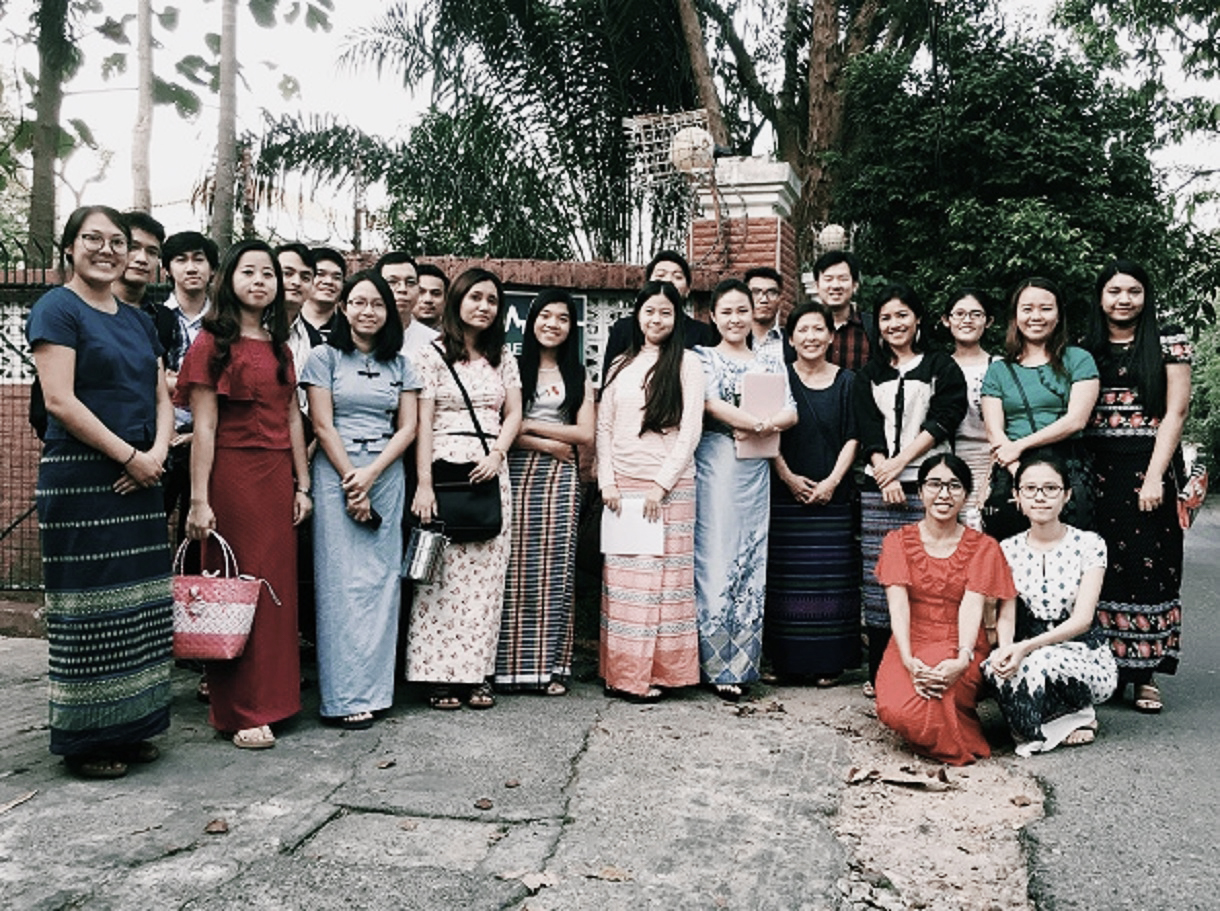 The first time I heard about MAM was through my volunteer involvement with an Australian NGO called Hepatitis B Free (HBF). Since 2017, HBF have been running a program with MAM to treat patients infected with Hepatitis C Virus (HCV) with directly acting antivirals (DAAs) - new medications that offer high (>90%) cure rates for HCV. I spent a large amount of my time at MAM with the medical doctor who manages the Hepatitis C patients, meeting individuals at various stages of treatment. One patient I met had just completed 12 weeks of therapy, and shared his story. He had become infected with Hepatitis C after a car accident seven years ago, where he had received a blood donation that wasn’t screened for blood borne viruses. He had been very worried as he heard that HCV can cause liver cancer, and was also concerned for his wife and children. It was rewarding to hear his relief about finishing treatment, and how the program had impacted his life. During my time at MAM I was involved with writing a report about the program which will be submitted to the Ministry of Health, as well as the writing of a proposal for the next phase of the project.
The first time I heard about MAM was through my volunteer involvement with an Australian NGO called Hepatitis B Free (HBF). Since 2017, HBF have been running a program with MAM to treat patients infected with Hepatitis C Virus (HCV) with directly acting antivirals (DAAs) - new medications that offer high (>90%) cure rates for HCV. I spent a large amount of my time at MAM with the medical doctor who manages the Hepatitis C patients, meeting individuals at various stages of treatment. One patient I met had just completed 12 weeks of therapy, and shared his story. He had become infected with Hepatitis C after a car accident seven years ago, where he had received a blood donation that wasn’t screened for blood borne viruses. He had been very worried as he heard that HCV can cause liver cancer, and was also concerned for his wife and children. It was rewarding to hear his relief about finishing treatment, and how the program had impacted his life. During my time at MAM I was involved with writing a report about the program which will be submitted to the Ministry of Health, as well as the writing of a proposal for the next phase of the project.
Every day in the clinic, we saw a variety of conditions, many of which are rarely encountered in Australia. HIV and tuberculosis diagnosis and management was as ‘bread and butter’ as managing hypertension and diabetes in Australia. Thanks to MAM's comprehensive program, most patients were well controlled, with high CD4 counts and undetectable viral load. That being said, uncontrolled diabetes and hypertension were on the rise, and it was a common story to have a patient with a random blood sugar of >400 mg/dL who was already on the maximum dose of the two medications available in the clinic - metformin and glicazide. In some cases patients were not willing to adjust their diet, which typically consisted of a lot of carbohydrate-rich rice, or see an Endocrinologist at the hospital. It was a sober reminder of the emerging problem of non-communicable diseases in low and middle income countries.
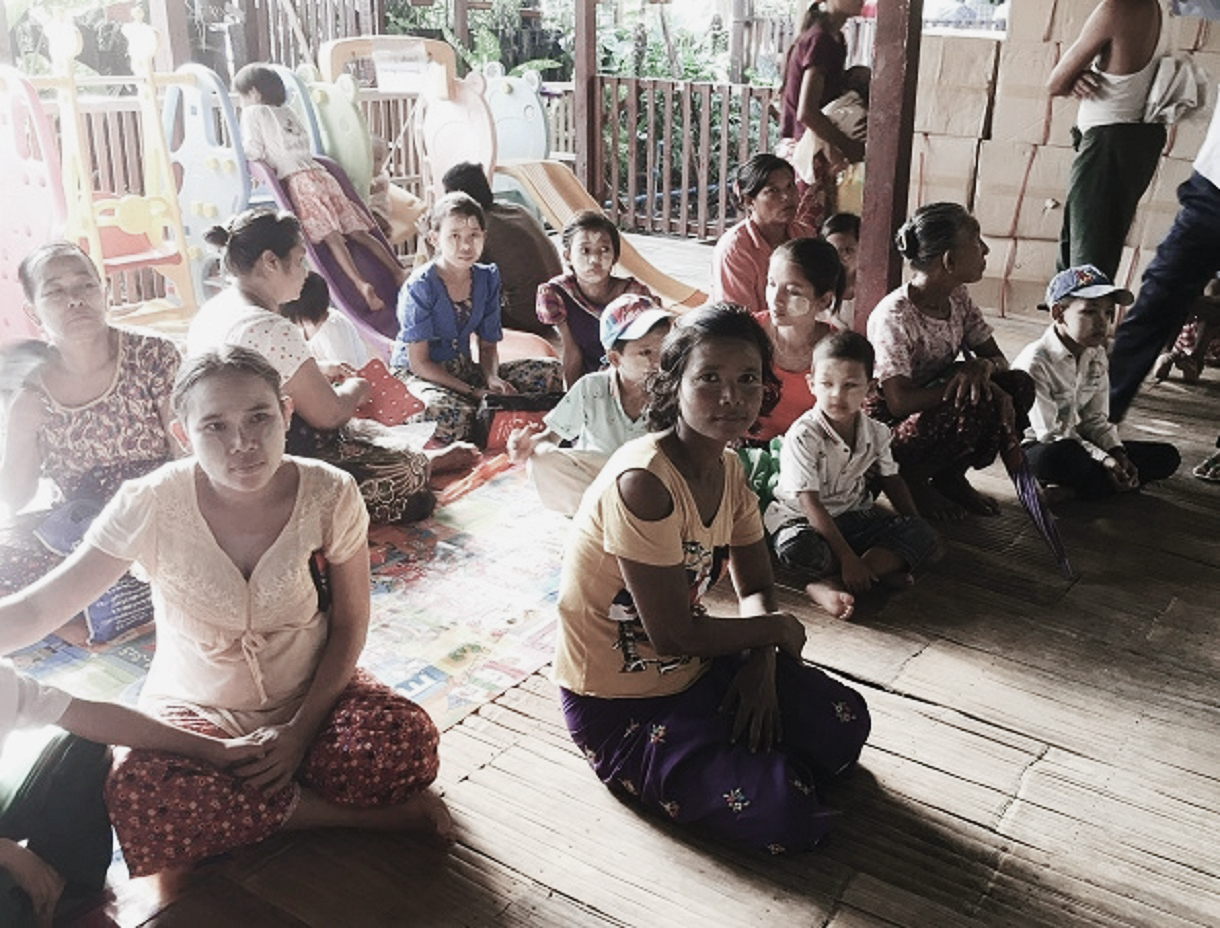 Sitting in with the Paediatric doctor most days, I was astounded by the amount of scabies infection we saw. Itchy welts and scratch marks on the arms, legs, and the web spaces in between fingers, on children as young as infants and adults nearing towards old age. It was a basic reflection of the poor housing that most people lived in, the overcrowding and lack of access to clean running water, a lesson in how social determinants have such a big role in health outcomes. In a handful of cases, there was a bacterial infection superimposed over the initial scabies lesions, requiring antibiotics. Most days I left the clinic feeling quite itchy.
Sitting in with the Paediatric doctor most days, I was astounded by the amount of scabies infection we saw. Itchy welts and scratch marks on the arms, legs, and the web spaces in between fingers, on children as young as infants and adults nearing towards old age. It was a basic reflection of the poor housing that most people lived in, the overcrowding and lack of access to clean running water, a lesson in how social determinants have such a big role in health outcomes. In a handful of cases, there was a bacterial infection superimposed over the initial scabies lesions, requiring antibiotics. Most days I left the clinic feeling quite itchy.
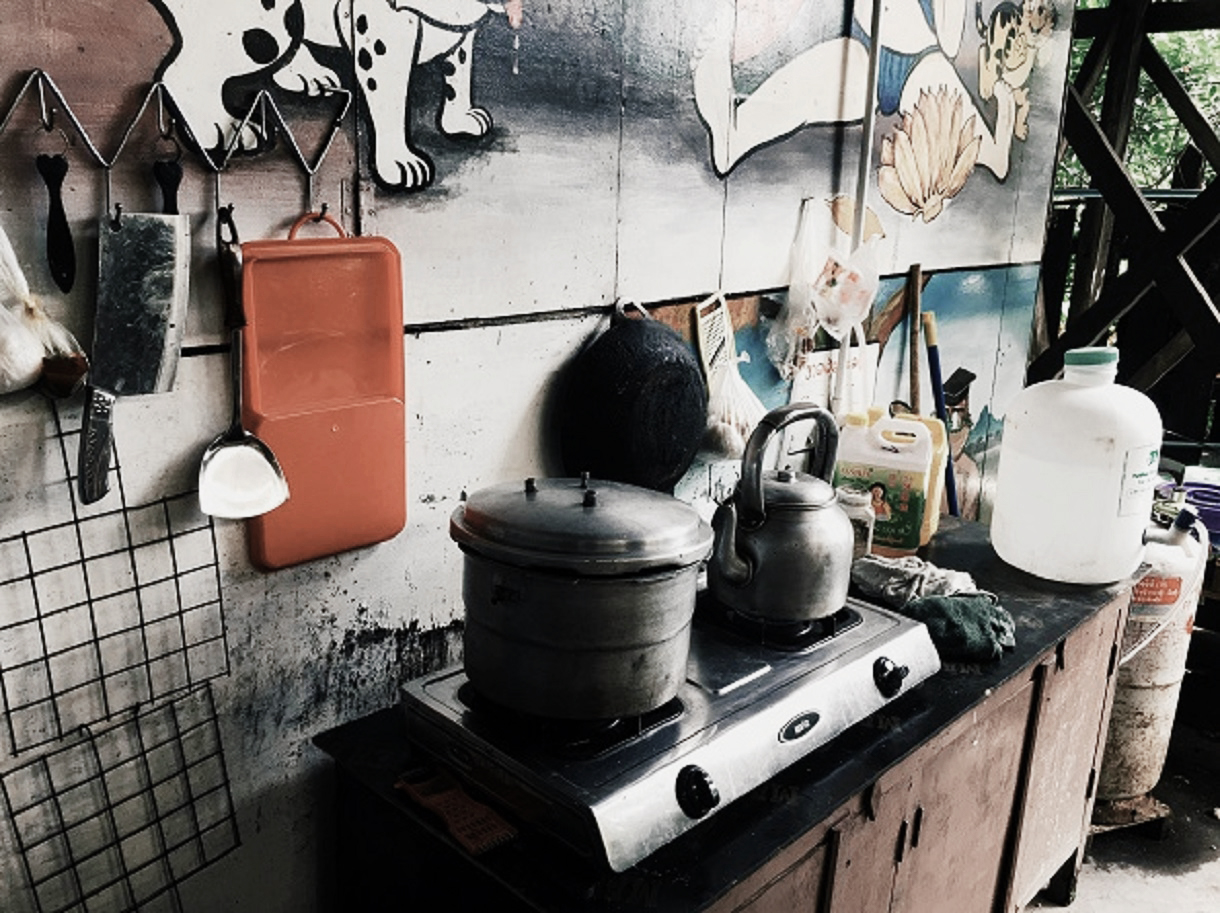 Whilst the clinic ran like a machine, seeing over 300 patients each day, there were still issues with resources and infrastructure. The autoclave at the clinic (pictured) was an old metal cylinder which had been sent for repairs multiple times, but without improvement. The pressure reading had broken, meaning that staff were unable to tell whether the machine was still pressurised or not, and there had been an incident where the lid had blown off, bounced off the ceiling and caused burns to two staff members. As a replacement, a rather grim metal pot on the stove was serving as the interim “autoclave". With the funds donated generously by BOQ Specialist, I was able to purchase a new automatic autoclave on request of the clinic, for a value of $1800 USD (approx $2200 AUD). The larger size and rectangular shape of the new machine should allow more equipment to fit than the previous model, enabling the clinic to provide clean equipment in a safe and efficient manner.
Whilst the clinic ran like a machine, seeing over 300 patients each day, there were still issues with resources and infrastructure. The autoclave at the clinic (pictured) was an old metal cylinder which had been sent for repairs multiple times, but without improvement. The pressure reading had broken, meaning that staff were unable to tell whether the machine was still pressurised or not, and there had been an incident where the lid had blown off, bounced off the ceiling and caused burns to two staff members. As a replacement, a rather grim metal pot on the stove was serving as the interim “autoclave". With the funds donated generously by BOQ Specialist, I was able to purchase a new automatic autoclave on request of the clinic, for a value of $1800 USD (approx $2200 AUD). The larger size and rectangular shape of the new machine should allow more equipment to fit than the previous model, enabling the clinic to provide clean equipment in a safe and efficient manner.
Volunteering or undertaking a placement in a health service in a developing country taught me a lot of things, many of them not strictly medical but incredibly eye-opening nonetheless. MAM is a prime example of the power of a multidisciplinary service to provide excellent health outcomes at low cost for a very disadvantaged population. It also illustrates a model of care for HIV, primary care, and recently Hepatitis C, that can be achieved in resource-poor environments.
My interest in global health has only grown since visiting MAM, in part due to what I experienced in clinic, but also from the opportunity to contribute in a small way to the service - through the donation of the autoclave, and my involvement in the Hepatitis C project. Additionally, being amongst a community of local staff and passionate expat volunteers from all around the world made me feel right at home amongst like-minded people. I can't wait to come back to MAM in the near future as one of these volunteers, hopefully when I have greater knowledge and skills to offer.
After gaining such great experience, Caroline says "I can't wait to come back to MAM in the near future as a volunteer, hopefully when I have greater knowledge and skills to offer".
 Facebook
Facebook
Like and follow us on Facebook to keep up to date with all our student offers, events, competitions and more.